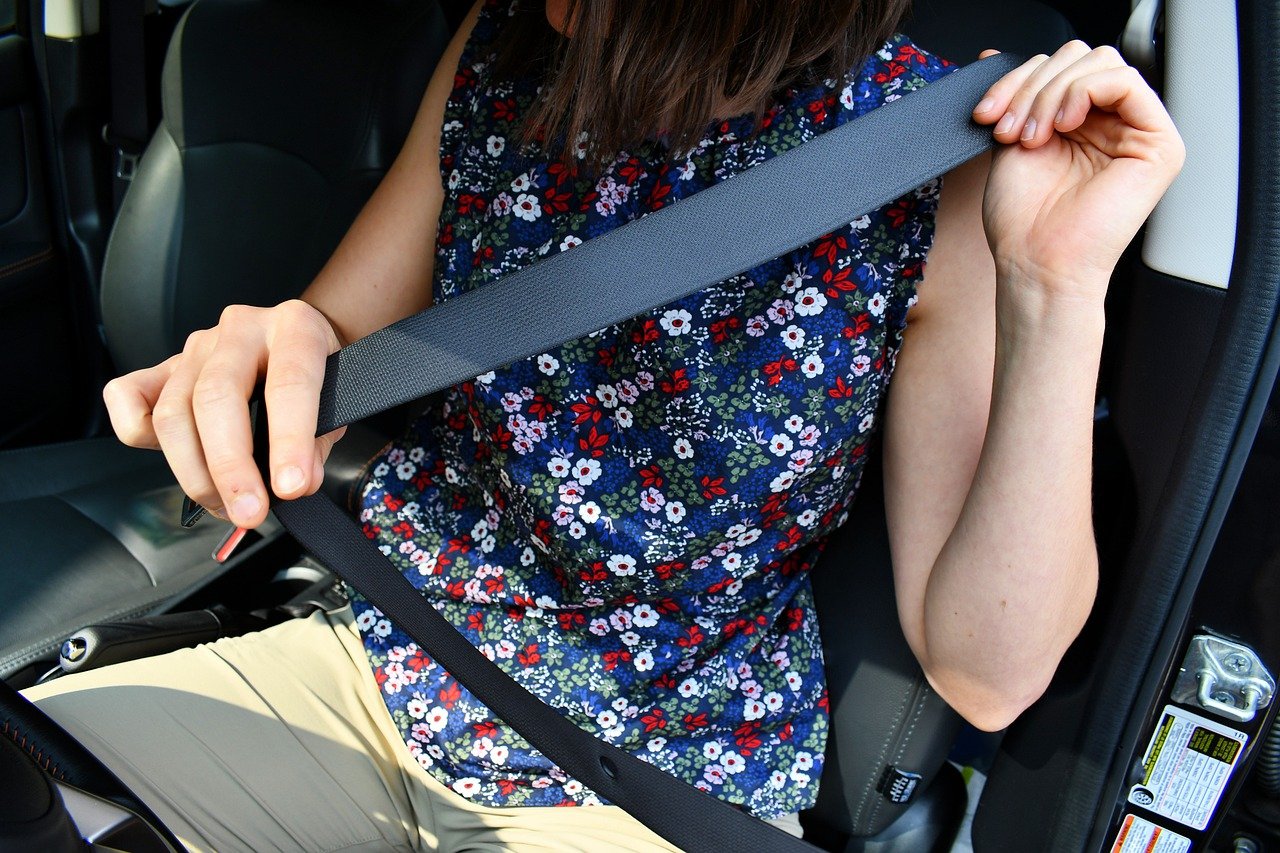Wearing a seat belt can save your life. Seat belts saved the lives of 14,955 persons in incidents in 2017, according to the National Highway Traffic Safety Administration (NHTSA). As if that wasn’t reason enough to rejoice, in 2018, 89.6% of people in the United States reported wearing seat belts.
When data like these are available, it’s easy to fall into a false sense of security. After all, wearing your seat belt and adhering to the road regulations should effectively ensure your and your family’s protection. In this article, experts will address the most common causes of seat belt failure and what to do if you are injured due to a seat belt issue.
What Are the 5 Common Causes of Seat Belt Failure?
You may have seen the “Click It or Ticket” seat belt safety campaign. While this may aid seat belt awareness and use, it does not prevent seat belt failure. Seat belts that are defective or poorly built can result in serious or fatal injuries and the consequences for the wounded individual and their family.
Seat belts can fail for various reasons, including a lack of suitable warnings, errors during assembly or manufacturing, poor design, and poor directions.
Anchors
The parts bolted to the vehicle are known as anchors. Anchor failure can be caused by faulty anchor assembly and material problems.
Buckles or Latches
Seat belt buckle recalls are fairly regular, with two prevalent faults being false latching and inertial unlatching. Inertial unlatching happens when a buckle latch breaks in a crash, allowing the belt to unfasten.
Pre-tensioners
When an accident occurs, a pre-tensioner is a component of machinery in a three-point seat belt system that locks or tightens up seat belt slack to keep you as safe as possible. Too much seat belt slack is created when a pre-tensioner fails, allowing contact with the instrument panel, steering wheel, or windshield and vehicle ejection. All of these events have the potential to cause serious damage or death.
Lap Only or Shoulder Only
Seat belts worn exclusively on the lap are famously dangerous, resulting in serious injury or death. People are still driving with this difficulty because full lap and shoulder seat belt systems were not included in vehicles until the late 1980s.
On the other hand, automatic front seat belt systems are dangerous since the shoulder belt is attached to the door frame and opens with it (or merely automatically opens). Manual lap belts are installed in certain vehicles, which occupants may fail to utilize, resulting in serious injury or death.
Webbing
Webbing is a component of a seat belt strap designed to withstand the force of a car accident. Manufacturer defects can cause webbing failure beneath the regularly rated breaking strength. Webbing failure can also occur due to seat belt “shock loading.”
Conclusion
A faulty seat belt can tell you many things, but there’s one thing you should always remember: a seat belt that isn’t reliable or performs poorly can put your life in danger. If you have any issues with your seat belt, always get professional assistance to verify it is safe to use on the road.
After an accident, SRS Restore fixes and rebuilds seat belts that have become locked. In Westfield, MA, we do seat belt repair or replacement and reset airbag modules so you can save money on repairs rather than buying new ones. Contact us right now!

